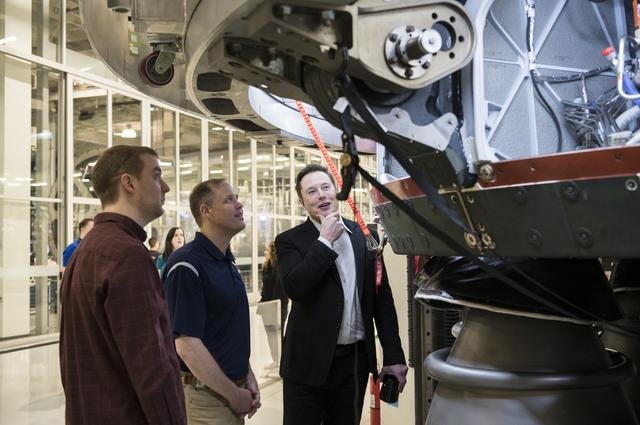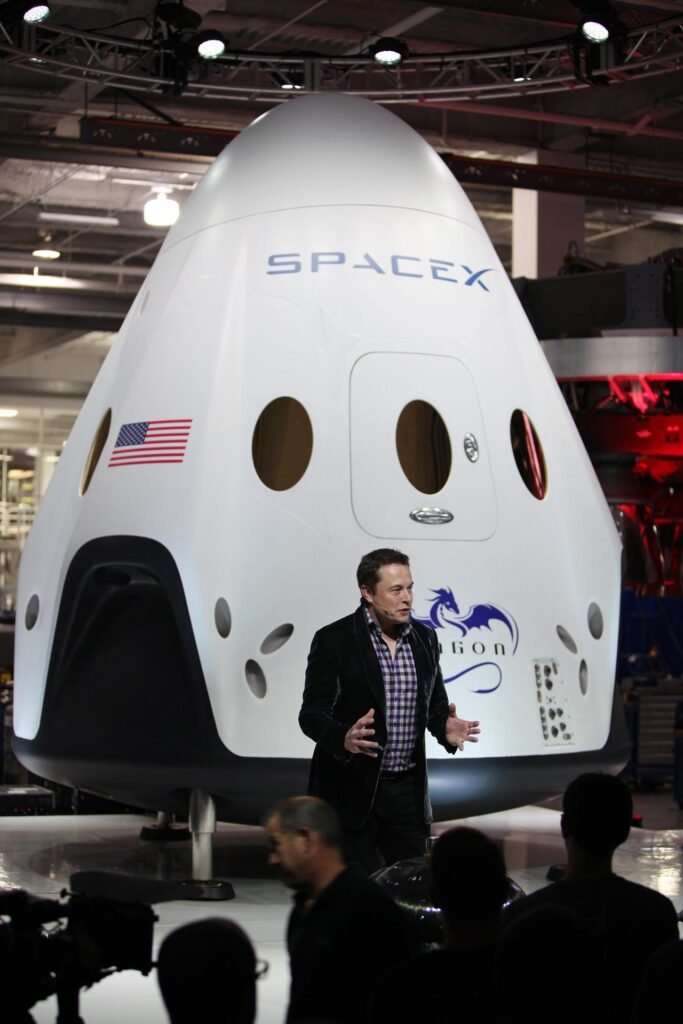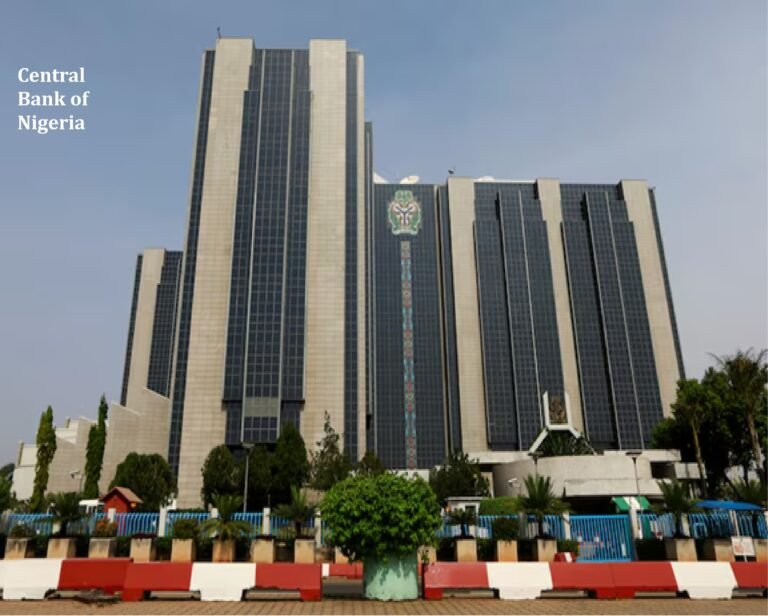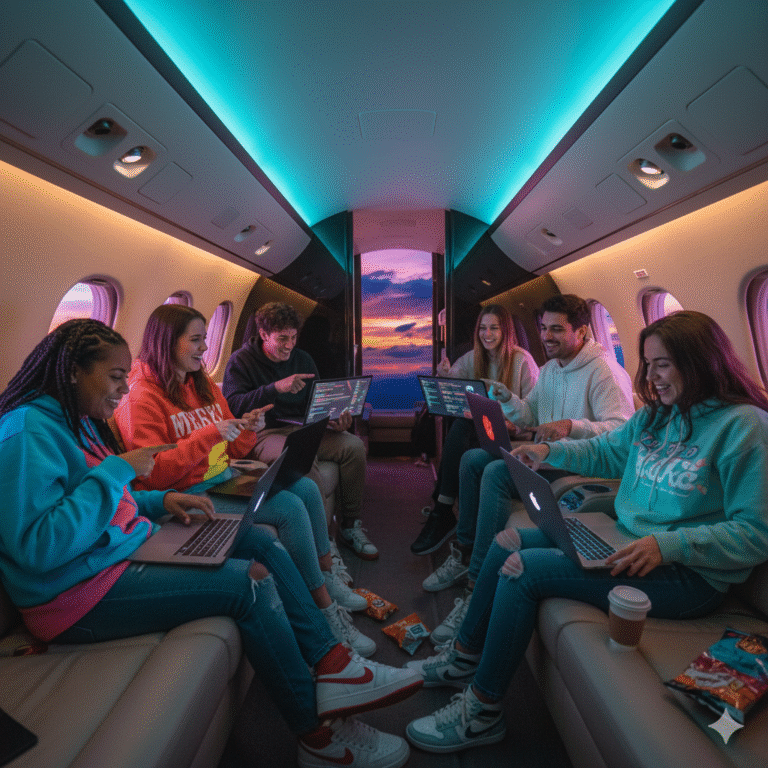
Elon Musk’s journey feels like something pulled from a sci-fi novel—a restless boy in South Africa who grows up to send rockets into orbit, reinvent the car industry, and dream of colonizing Mars. But behind the headlines is a story of grit, risk, failure, and an almost stubborn refusal to stop chasing the extraordinary.
Beginnings: A Boy Lost in the Pages of Tomorrow
Born on June 28, 1971, in Pretoria, South Africa, Musk wasn’t the loudest child in the room. In fact, he was often lost in thought—so much so that his parents once thought he had a hearing problem. His real condition? A mind that wandered to distant worlds.
Books were his first friends. Science fiction epics and encyclopedias fueled his imagination. By the age of 12, he had taught himself to code and sold a video game called Blastar to a computer magazine. It was a modest achievement, but for young Elon, it was proof: ideas could be turned into reality.
Yet life wasn’t always kind. School bullying was relentless. Home life was turbulent. But adversity only seemed to sharpen his focus. By 17, Musk had set his sights on North America, believing it was the launchpad for his dreams. He moved to Canada in 1989, working odd jobs before enrolling at Queen’s University. Later, he transferred to the University of Pennsylvania, earning degrees in physics and economics—two fields that would become the twin engines of his career.

The First Struggles: Sleeping in the Office
In the 1990s, the internet was the new frontier, and Musk was eager to stake his claim. His first venture, Zip2, offered online maps and business directories. He and his brother often slept in the office, showering at a local gym, too strapped for cash to afford an apartment.
That sacrifice paid off: in 1999, Compaq acquired Zip2 for $307 million. Musk could have stopped there—retired early, invested quietly—but that’s not in his DNA. Instead, he launched X.com, an online banking startup. It would later morph into PayPal. Just as it was gaining momentum, Musk was ousted as CEO. Still, when eBay bought PayPal in 2002 for $1.5 billion, Musk’s share brought him $180 million.
And then came his boldest move: he poured almost all of it into three ventures—SpaceX, Tesla, and SolarCity. Financial advisors would have called it reckless. Musk called it necessary.

The Journey: Dancing with Failure
SpaceX’s first three launches all failed. Each misfire burned through millions of dollars and frayed nerves. The fourth attempt was the make-or-break moment. Success meant survival; failure meant the end. When the rocket finally reached orbit, SpaceX secured a NASA contract and breathed again.
Tesla wasn’t much easier. In 2008, the global financial crisis nearly destroyed the company. Critics mocked the idea of electric cars as impractical toys for the rich. But Musk doubled down, overseeing the launch of the Model S—a sleek, fast, all-electric sedan that changed minds and the market.
From there, his ventures expanded:
- SolarCity to accelerate renewable energy adoption.
- The Boring Company to tackle urban traffic through tunneling.
- Neuralink to explore brain–computer interfaces.
- OpenAI to advance safe artificial intelligence.
- And the high-profile purchase of Twitter (rebranded X) to reshape online discourse.
Every win seemed to come with a storm of criticism, but Musk thrived in turbulence. As he once said, “When something is important enough, you do it even if the odds are not in your favor.”

Achievements and Global Impact
Today, SpaceX has made reusable rockets routine, cutting launch costs and opening a new era in space travel. Its Starlink satellite network is delivering internet to remote corners of the globe.
Tesla’s rise forced the entire auto industry to embrace electric vehicles, helping shift the world away from fossil fuels. SolarCity and Tesla’s solar products have brought renewable energy to more homes and businesses. Neuralink’s research could one day help treat paralysis or neurological disorders.
Whether you view him as a hero or a disruptor, Musk’s work has touched industries as diverse as aerospace, automotive, telecommunications, and AI.

Future Vision: Mars and Beyond
Musk’s grandest dream is to make humanity a multi-planetary species. He envisions a self-sustaining city on Mars, powered by renewable energy, with a population large enough to survive without Earth.
On Earth, he pushes for cities without traffic jams, homes powered entirely by sustainable energy, and AI systems that enhance rather than threaten human life. It’s a vision so vast that it’s easy to forget—it’s coming from the same boy who once read sci-fi novels alone in his room in Pretoria.
The Man Behind the Vision
Musk’s journey has not been without controversy. His management style is famously intense, his public statements often polarizing. Friends and colleagues describe him as both inspiring and exhausting. Yet his sheer willpower—and his refusal to compromise on big ideas—keeps drawing talent and investment to his ventures.
He has redefined what one person, with enough conviction (and stubbornness), can achieve in a lifetime.





